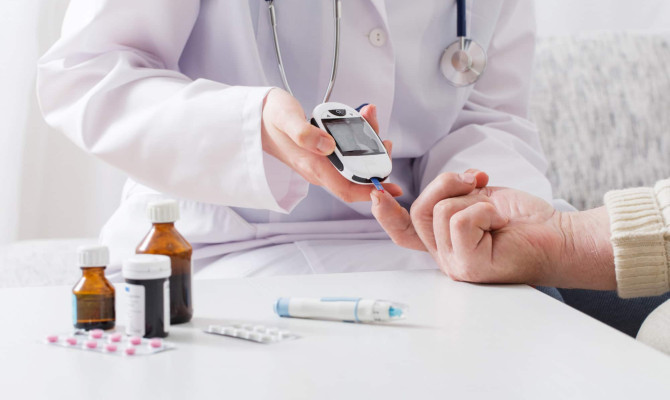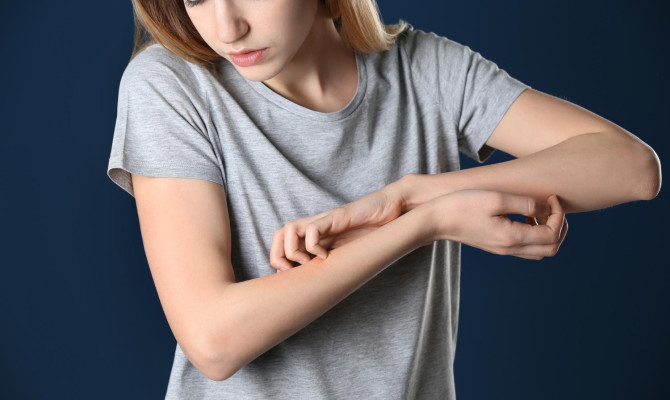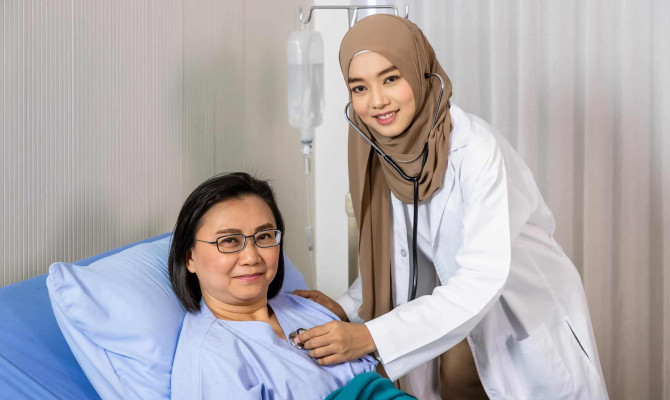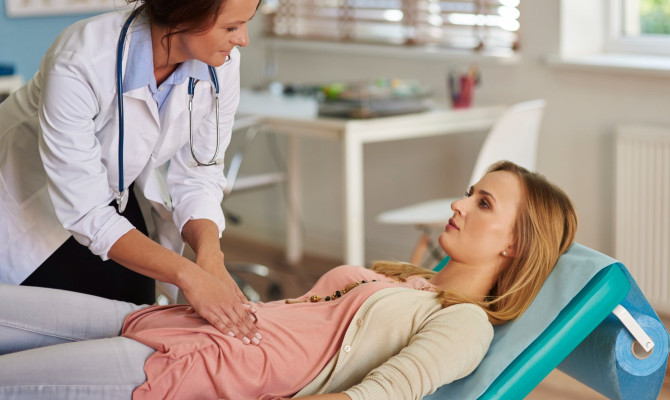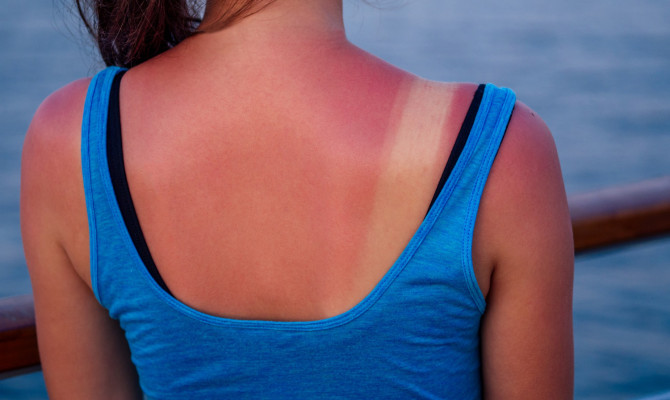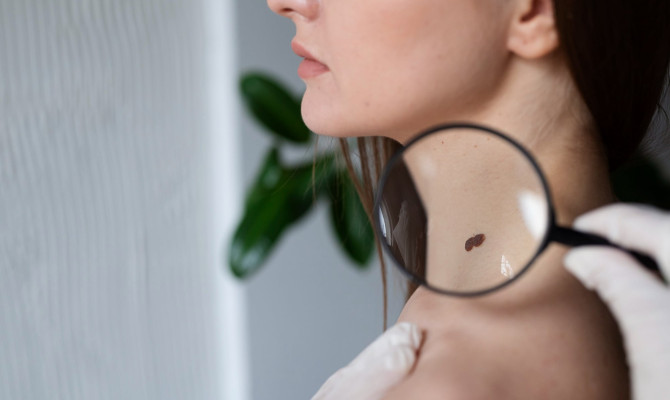Bullae: Causes, Symptoms and Treatment

- Bullae
- 14 Aug 2023
Overview
What is Bullae ?
Bullae are fluid-filled sacs that develop inside or beneath the epidermis or mucous membranes (plural: bulla). They can range from less than 1 cm to several centimeters in diameter and can be produced by several things.
They can appear as a solitary lesion or in groups and contain clear, murky, or bloody fluid.
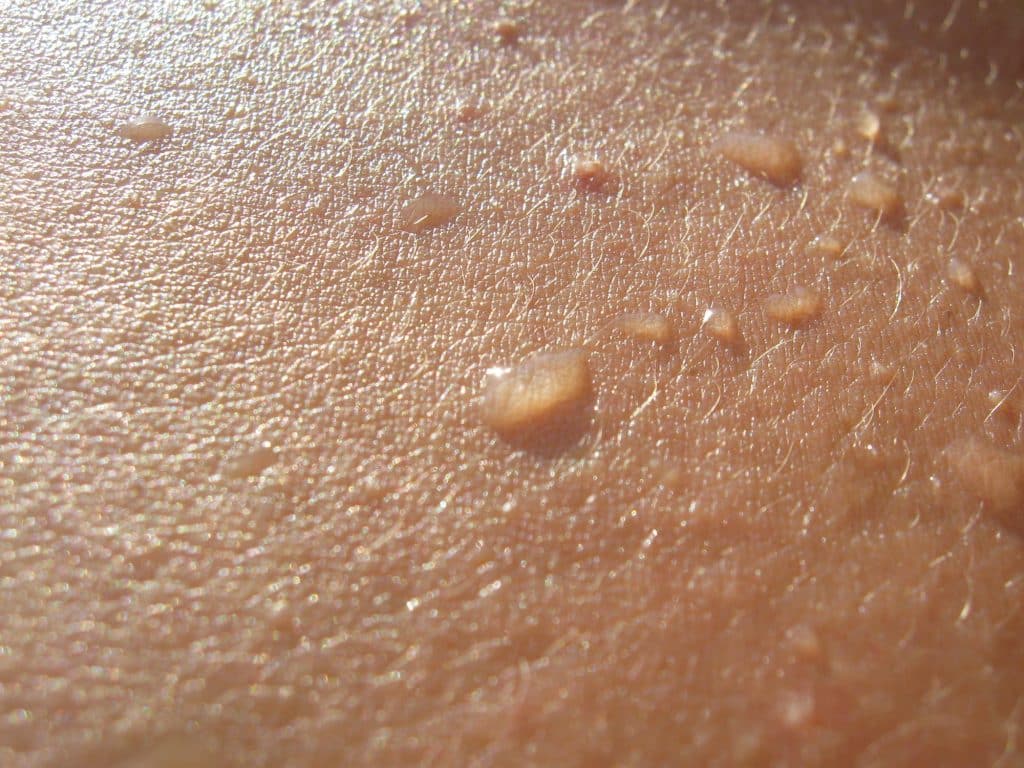
Types
What are the other types?
Vesiculobullous eruptions
- Bullae can develop due to many different skin conditions, such as infections, allergic responses, and autoimmune diseases.
Pemphigus
- This autoimmune condition results in bullae and blisters on the epidermis and mucous membranes.
Pemphigoid
- Although less severe than pemphigus, this condition still results in the formation of bullae on the epidermis and mucous membranes. 1Types of bullae | Researched based study from Nlm.nih.gov
Bullous impetigo
- Bullae can develop on the skin due to this bacterial infection, usually in adolescents. 1Types of bullae | Researched based study from Nlm.nih.gov
Gestational bullous pemphigoid
- Bullae are the defining feature of this uncommon pregnancy-related pemphigoid.
Bullous epidermolysis
- Due to this genetic disease, the skin is extremely fragile and prone to blistering and bullae. 1Types of bullae | Researched based study from Nlm.nih.gov
Toxic epidermal necrolysis
- Large bullae and extensive skin damage are possible outcomes of this severe and possibly fatal skin reaction. 1Types of bullae | Researched based study from Nlm.nih.gov
Causes
What are the causes of bullae ?
Several factors can result in bullae, including:
Infections
- Bullae can develop due to bacterial, viral, and fungal diseases. Examples include thrush, herpes simplex infection, and bullous impetigo. 3Types of bullae | Researched based study from Clevelandclinic.org
Immune system diseases
- Some inflammatory diseases, including pemphigus and pemphigoid, can bring on Bullae.
Allergic reactions
- It can occasionally develop due to an allergic reaction to an insect bite, drug exposure, or contact with chemicals. 3Types of bullae | Researched based study from Clevelandclinic.org
Genetic disorders
- Specific genetic conditions like epidermolysis bullosa can cause skin fragility and a propensity for the development of bullae. 3Types of bullae | Researched based study from Clevelandclinic.org
Trauma
- It can occasionally develop due to physical trauma, like burns, friction, or an accident.
Exposure to cold or heat
- Extreme temperatures, such as exposure to hot surfaces or freezing conditions, can cause bullae to develop.3Types of bullae | Researched based study from Clevelandclinic.org
Adverse drug reactions
- Some medications, including diuretics and antibiotics, can occasionally result in bullae as a side effect. 3Types of bullae | Researched based study from Clevelandclinic.org
Symptoms
Symptoms of Bullae
Depending on the underlying reason and location, the symptoms can change. The following are some typical signs and symptoms: 3Types of bullae | Researched based study from Clevelandclinic.org
Blisters or fluid-filled sacs
- The appearance of fluid-filled sacs or blisters on the skin or mucous membrane identifies them.3Types of bullae | Researched based study from Clevelandclinic.org
Any soreness or pain
- It may occasionally hurt or be unpleasant, mainly if they are in places on the body that are vulnerable to pressure or friction.
Burning or itching
- Can result in burning or irritation, mainly if they are on the skin.
Swelling or inflammation
- If an illness or autoimmune condition is brought on the bullae, the skin around the bullae might be red or swollen. 3Types of bullae | Researched based study from Clevelandclinic.org
Oozing or draining
- It could rupture or explode occasionally, allowing the liquid inside to drain or ooze out.
Fever or additional systemic signs
- Fever, exhaustion, and other systemic symptoms can also occur. 3Types of bullae | Researched based study from Clevelandclinic.org
Diagnosis
How is it diagnosed?
Physical examination
- A physician will examine the bullae to determine their position, dimensions, and other details. They might also look for indicators of an illness. 2Diagnosis | Researched based study from Nlm.nih.gov
Medical history
- The doctor can inquire about any underlying illnesses or recent contact with irritants or allergies.
Diagnostic tests
- Your doctor might advise additional tests based on the probable cause. These could include blood tests to check for disease, imaging studies like X-rays or CT scans, or a skin biopsy to study the tissue under a microscope.2Diagnosis | Researched based study from Nlm.nih.gov
An allergy testing
- Your doctor might suggest allergy testing to identify the allergen if you think you might be having an allergic response. 2Diagnosis | Researched based study from Nlm.nih.gov
Treatment

Treatment methods
The underlying reason and the seriousness of the symptoms influence the course of treatment. Here are a few typical remedies:
Medical treatments
- Medicines that fight viruses or bacteria, such as antibiotics.
- Treatment for autoimmune diseases using steroids or other immunosuppressant drugs.
- Creams or ointments are applied topically to treat skin conditions or soothe irritation.
- Bullae should be drained or removed, mainly if they are large, uncomfortable, or in danger of rupturing. 4Treatment | Researched based study from Wiley.com
Household remedies
Using natural remedies can help to reduce the effects. They might consist of:
- To avoid infection, keep the affected region dry and clean.
- Using cool compresses to relieve discomfort or itch. Apply a cold compress for 15-20 minutes to the injured area using a clean, damp cloth or towel.
- Avoid wearing anything too constricting or shoes that could rub against the bullae.
- Using anti-itch creams and over-the-counter painkillers as instructed, such as acetaminophen or ibuprofen.
- Use mild soap and water to wash the region gently, and then pat dry with a fresh towel. Avoid rubbing the area or using abrasive soaps.
- Wrap a clean, loose, non-adhesive bandage around the bullae to prevent further irritation.3Treatment| Researched based study from Clevelandclinic.org
Complications
Complications of Bullae
Infection
- Bullae can become infected if they are not treated correctly, which can cause additional problems like cellulitis, sepsis, or other systemic infections.
Scarring
- Bullae may occasionally result in scarring, mainly if they are big or rupture and heal incorrectly.
Impaired function
- Bullae present in the mouth, throat, or eyes can impair basic abilities like eating, speaking, or vision.
An infection’s spread
- When caused by infectious diseases that are transmitted through direct contact or airborne transmission, like chicken pox or shingles, they can affect others.
Symptomatic issues
- It may occasionally be a sign of a systemic disorder, such as cancer or an autoimmune disease, leading to additional problems. 6Complications | Researched based study from Nlm.nih.gov
Prevention
Preventive factors
Avoiding irritants
- If you are prone to getting bullae from being around irritants like chemicals or specific fabrics, stay away from them as much as you can.
Protecting the skin
- Wear protective clothing and sunscreen to protect yourself from the sun and other environmental variables.
Maintain proper sanitation
- Maintain proper cleanliness to ward off infections. Avoid sharing personal items like towels or razors, clean and cover wounds, and frequently wash your hands.
The treatment of underlying medical problems
- Work with your doctor to handle any medical conditions that increase your risk of blister development.
Get vaccinated
- Vaccination can help lower your chance of developing bullae if you are susceptible to a viral infection like chicken pox or shingles. 5Prevention | Researched based study from Kidshealth.org
Emergency
When should I call the doctor?
- Bullae that are large or painful should be examined if they are more than a few centimeters in diameter or are causing a lot of discomforts.
- If the bullae are spreading as they disseminate quickly or appear in numerous locations on the body.
- A healthcare expert should examine Bullae that start to ooze pus, blood, or other fluids. Bleeding is also a concern.
- It is essential to be assessed if the bullae are present in sensitive areas like the mouth, eyes, or genitalia.
- If you have nausea, vomiting, fever, or other systemic symptoms in addition to the bullae, seek medical attention as soon as possible.
Any feedback on this article?
 This Articles content was accurate
This Articles content was accurate Very Informative Article
Very Informative Article I have a question or a comment
I have a question or a comment
 This article contains inaccurate content
This article contains inaccurate content This article was not helpful
This article was not helpful I have a question or a comment
I have a question or a comment
We appreciate your helpful feedback!
Checkout our social pages
References
-
National Library of Medicine
Bullous Skin Diseases: Classical Types of Autoimmune Diseases | Types
-
National Library of Medicine
Diagnosis and classification of autoimmune blistering diseases | Diagnosis
-
Cleveland Clinic
Evaluation and medical management of giant bullae | Symptom | Causes | Treatment
-
Wiley Online Library
Updated S2 K guidelines for the management of bullous pemphigoid initiated by the European Academy of Dermatology and Venereology (EADV) | Treatment
-
Nemours Children's health
Blisters | Prevention
-
National Library of Medicine
Bullous Emphysema | Complications












